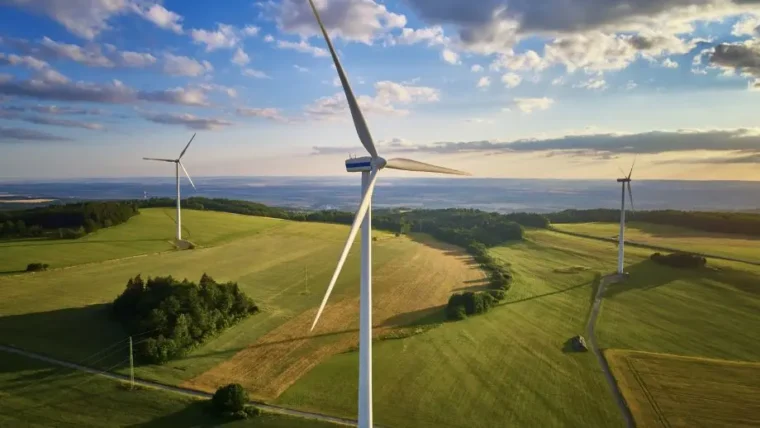Marks & Spencer Plan A Commitments: How does it affect suppliers?
5 December 2018
What is Plan A 2025?
Marks & Spencer’s (M&S) Plan A was first devised in 2007 as the business’ pledge to become more sustainable in its operations. To achieve this goal by 2012, M&S set 100 commitments that would enable the business to send zero waste to landfill, become carbon neutral, set new ethical trading standards and ensure sustainability all along the supply chain. The plan was revised in 2010, 2015 and, most recently, 2017.
The most recent updates to Plan A, Plan A 2025, aim to address 3 major points:
- Changes to the global socio-economic and environmental landscape;
- Ambitious commitments that incite collective change, and;
- Launch M&S as the global lead retailer in sustainable business.
These objectives are to be achieved through the introduction of new commitments separated into the following 3 areas of the business:
- Nourishing our well-being: helping individuals live happier and healthier lives
- Transforming lives and communities: volunteering and implementing initiatives that help communities surrounding M&S stores and beyond
- Caring for the planet we all share: goals to ensure the business’ commitment to environmental protection
In order to meet the 100 new commitments in Plan A 2025 (as set out under the 3 pillars), M&S recognised the need to have its suppliers – the division of the business that has the biggest impact on the environment (both locally and globally) – committed to sustainability as well.
Impact on M&S Suppliers
By 2020, Marks & Spencer want 100% of their product volume to come from suppliers that have reached at least Silver on their Sustainability Scorecard. The Sustainability Scorecard was first introduced in the 2010 Plan A amendments to replace the supplier exchange programme, which was aimed at bringing together M&S suppliers to share sustainability best practice.
The Sustainability Scorecard is intended to better direct and guide suppliers on the journey to achieving a Silver rating. The scorecard is based on three areas of production – environment, lean manufacturing and ethical – and rates from Provisional to Gold. It is the duty of the supplier to identify the business’ current rating and implement the appropriate procedures, controls, systems, etc. in order to meet the Silver rating by 2020.
While the intention of M&S to increase sustainability in its supply chain is proactive and encourages good environmental practice, there has been some confusion surrounding the exact measures needed to meet the Silver rating by 2020. Many businesses have carried out analysis to identify its current rating against the scorecard but are uncertain of what actions to take to satisfy the Silver criteria. For businesses that supply products to M&S, it is imperative that the process to obtain a Silver rating is initiated in order to meet the 2020 deadline.
Do you know where your business currently sits on the M&S Plan A Sustainability Scorecard?









